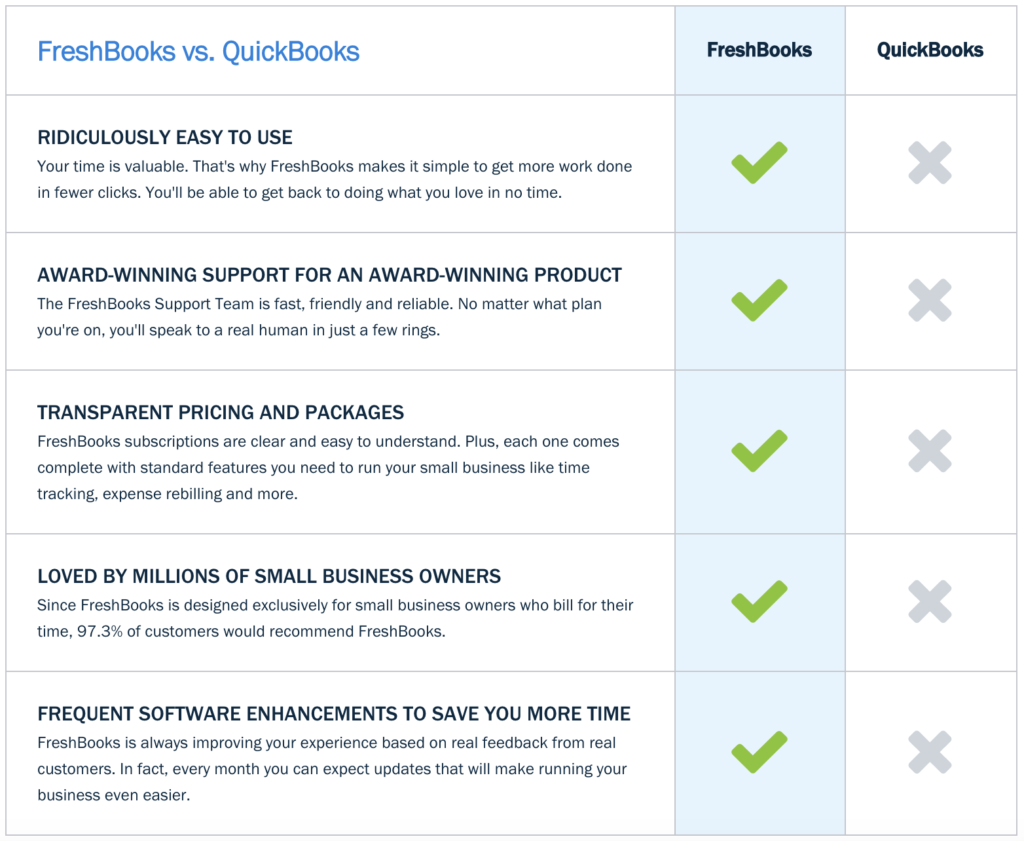Global: The Influence of Advertising and Economic Choices
Lesson Learning Objectives:
Introduction:
This section explores the influence of advertising on consumer behavior and economic choices. By understanding advertising tactics and analyzing competing products or services, individuals can make more informed purchasing decisions.
- Understand Advertising’s Role: Learn how advertising shapes economic choices by creating demand, influencing preferences, and driving consumer behavior. Knowing this can help users recognize marketing strategies and avoid impulse purchases.
- Analyze Social Media Marketing: Discover how social media marketing techniques, like targeted ads and influencer promotions, affect consumer choices. This knowledge will help users critically assess product recommendations and avoid misleading advertisements.
- Compare Competing Products: Gain the ability to compare products based on value, price, and features. By doing so, users can make purchasing decisions that align with their needs and financial goals.
- Enhance Decision-Making Skills: Understand how external factors, like advertising and social influence, impact financial decisions. This insight will empower users to make purchases based on informed judgment rather than persuasive marketing tactics.
A. Advertising and Economic Choices
Advertising plays a powerful role in shaping consumer behavior and economic choices. Companies use advertising strategies to create demand, influence preferences, and encourage consumers to purchase products or services. By appealing to emotions, aspirations, or perceived needs, advertisers can influence how people allocate their money, often leading to impulse buying or the prioritization of certain brands over others.
Consumers must be aware of the tactics used in advertising, such as scarcity marketing (creating a sense of urgency) or celebrity endorsements, which can drive people to make economic choices that might not align with their financial goals. Understanding how advertising affects spending decisions allows individuals to make more informed economic choices, ensuring they purchase based on need and value rather than external influence.
Figure: Injured in an Accident?
Description:
The image is an advertisement featuring a man in a professional suit, with the text asking if someone has been injured in an accident. It encourages viewers to seek legal help by offering a free case review, implying that they could receive compensation. The call-to-action “Click for Free Case Review” is clearly highlighted, prompting immediate engagement from viewers who may have been in accidents.
Key Takeaways:
- Direct and engaging message addressing potential clients who may need legal assistance after an accident.
- Clear call-to-action (“Click for Free Case Review”) encourages immediate user response.
- Professional and approachable image creates a sense of trust and credibility.
- Highlighting the potential to receive compensation appeals to viewers’ emotions, motivating action.
Application of Information:
The use of direct and emotional messaging can be effective in attracting attention and encouraging potential clients to engage with services. For businesses, clear and compelling calls-to-action can lead to higher conversion rates, demonstrating the importance of strategic advertising in client acquisition.
B. Social Media Marketing Techniques
Social media has become one of the most effective platforms for marketing, especially through targeted advertisements and influencer partnerships. Brands use algorithms to deliver highly personalized ads based on users’ browsing history, interests, and even social connections. Influencer marketing, where social media personalities promote products or services, can create a sense of trust and personal recommendation that traditional advertising may not achieve.
While these marketing techniques can be persuasive, consumers need to be aware of the hidden motives behind sponsored posts and targeted ads. Not all influencers disclose that their posts are paid promotions, and brands may use paid reviews or user-generated content to shape public perception. Understanding how social media marketing works can help consumers critically assess whether a product or service truly meets their needs.
Figure: Examples of Successful Instagram Marketing Campaigns
Description:
The image showcases several Instagram posts under different hashtags, each representing a unique marketing campaign. The posts include engaging images, user-generated content, and messages from various brands. These campaigns use hashtags like #OrangeTheory, #SeniorArtistsSlayHalloween, #WayfairAtHome, #danielwellington, and #redcupcontest to promote brand awareness, seasonal themes, and community engagement.
Key Takeaways:
- User-generated content enhances authenticity and relatability for brands.
- Effective use of hashtags helps categorize content and boosts visibility.
- Engaging visuals and personal stories capture attention and encourage interaction.
- Themed campaigns align with seasonal events, making them timely and relevant.
- Cross-promotional strategies leverage partnerships and expand audience reach.
Application of Information:
Businesses can use user-generated content to build trust and community around their brand. By creating specific hashtags and aligning campaigns with trending themes, they can increase brand visibility and customer engagement. Understanding how to leverage social media marketing can help investors see the potential for growth and brand loyalty.
C. Analyzing Competing Products or Services
When making purchasing decisions, it’s essential for consumers to compare products or services based on their value, quality, price, and overall benefits. Analyzing competing products helps individuals make informed choices rather than simply opting for the most advertised or well-known brand.
Consumers can evaluate products based on:
- Price: Is the cost reasonable for the quality or features offered?
- Features: Does the product meet the specific needs of the consumer, and how does it compare to alternatives?
- Long-term value: Will the product provide lasting value, or will it require frequent replacement or upgrades?
- User reviews: What are others saying about the product? Are the reviews trustworthy?
By conducting a thorough comparison of competing products or services, individuals can avoid buyer’s remorse and make decisions that align with their personal needs and financial goals.

Figure: FreshBooks vs. QuickBooks
Description:
The figure compares FreshBooks and QuickBooks across several aspects such as ease of use, customer support, pricing transparency, customer preference, and software enhancements. FreshBooks is highlighted as excelling in all these areas, indicated by green checkmarks, while QuickBooks does not meet these criteria as marked by grey crosses. The comparison emphasizes FreshBooks’ user-friendly interface, award-winning support, clear pricing, widespread customer satisfaction, and regular updates.
Key Takeaways:
- FreshBooks is easy to use, helping users save time on tasks.
- Award-winning support ensures users get quick and helpful assistance.
- Transparent pricing simplifies financial planning for small businesses.
- Widely trusted by small business owners, reflecting high customer satisfaction.
- Regular updates and enhancements mean continuous improvement for FreshBooks users.
Application of Information:
For users comparing financial software, this chart provides a clear overview of why FreshBooks may be a better option for small business owners, especially if they prioritize ease of use, reliable support, and straightforward pricing. Investors can understand how differentiation in software features drives customer preference and market positioning.
Key Lesson Information:
- Advertising’s Influence on Choices: Advertising often shapes consumer decisions by appealing to emotions, aspirations, or perceived needs. Recognizing these tactics can help individuals make conscious economic choices that align with their financial goals.
- Social Media’s Marketing Power: Social media marketing, especially influencer promotions and targeted ads, is designed to create trust and personal connection. Being aware of these strategies can help users critically assess whether a product meets their real needs.
- Evaluating Competing Products: By analyzing factors like price, features, long-term value, and user reviews, individuals can make informed comparisons between competing products. This helps prevent regretful purchases and ensures better alignment with personal financial goals.
- Informed Economic Choices: Understanding advertising strategies and how they affect financial behavior allows individuals to make more rational spending decisions. This awareness helps maintain financial discipline and avoids overspending based on marketing pressures.
- Application in Real Life: This knowledge encourages users to think critically about advertisements, social media promotions, and product comparisons. By applying these principles, individuals can achieve more strategic financial management and align their economic choices with their long-term goals.
Closing Statement: Being aware of how advertising and social media marketing impact financial decisions can help users make more thoughtful, informed purchases. By evaluating products based on value rather than persuasion, individuals can maintain better control over their finances.



